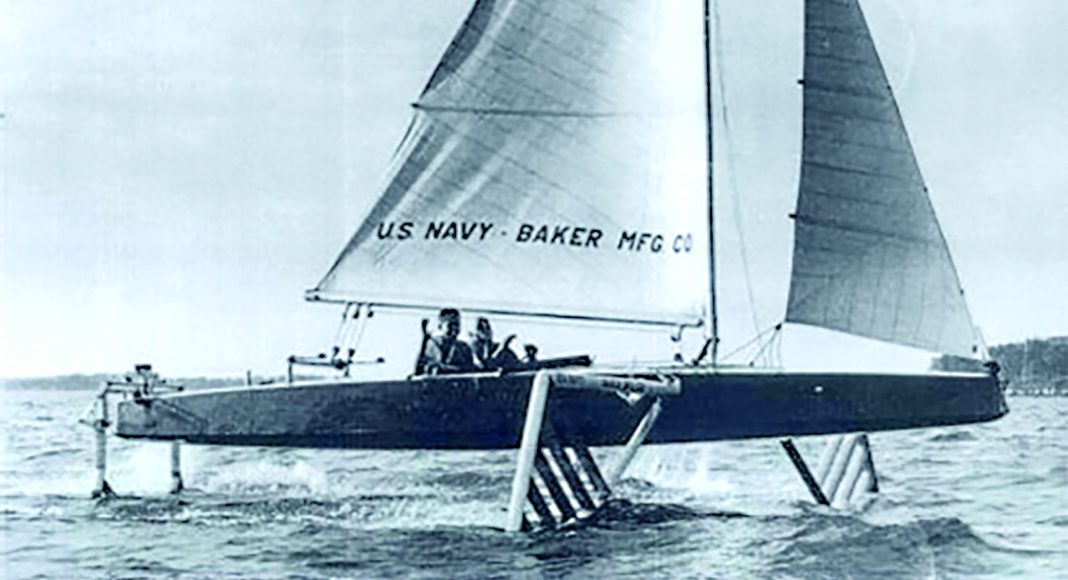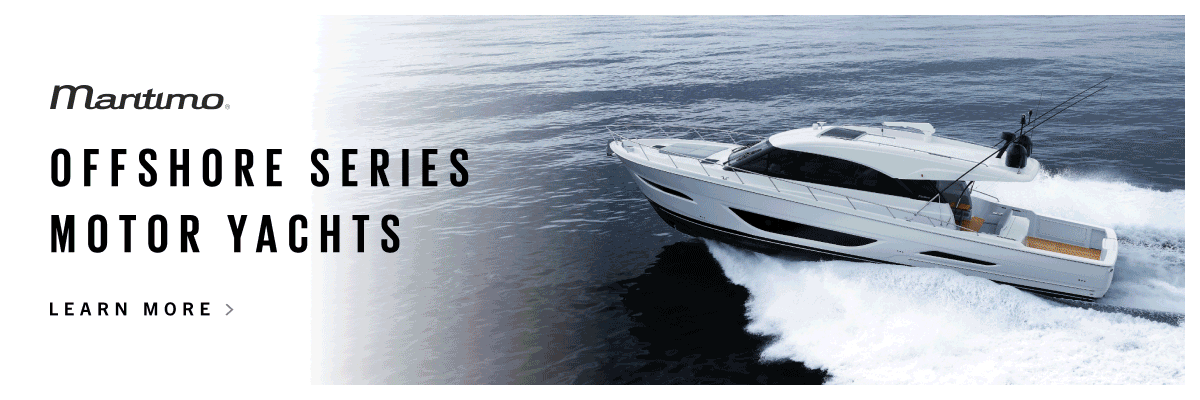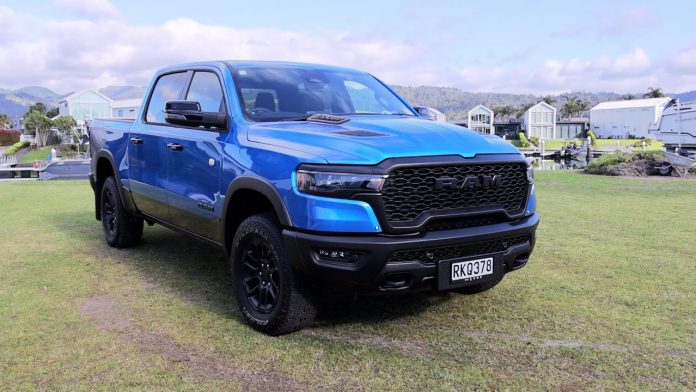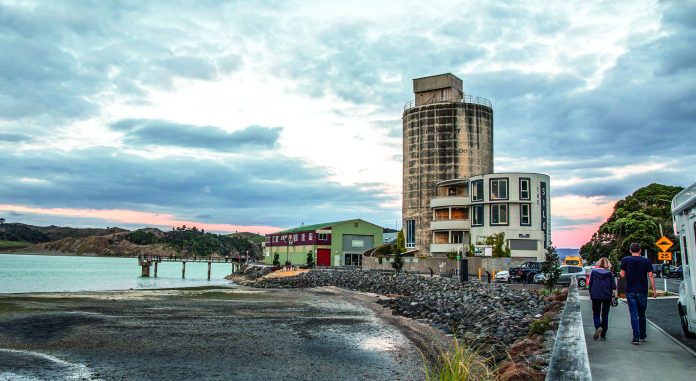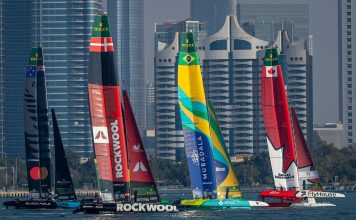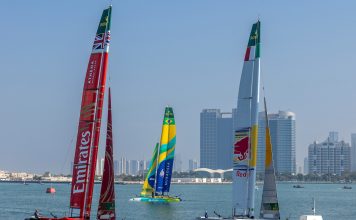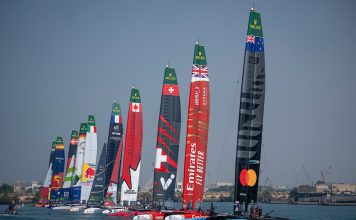European development
The origins of hydrofoils on vessels can be traced back to 1869, when Frenchman Emmanuel Fargot obtained a UK patent for his rowing boat, which included hydrofoils on both its sides and below the waterline.
In 1898 Italian inventor Enrico Forlanini began work on a 60hp airscrew-driven boat with a pair of ladder foils at the stern and bow. By 1906 he was testing his craft on the waters of Lake Maggiore in Italy, with his craft reportedly reaching speeds of up to 68kph.
Stepping up performance
Highly impressed following a ride in Forlanini’s boat, Alexander Graham Bell (yes, that one) turned his attention to hydrofoils, developing his HD-4 craft in 1918. The highly innovative HD-4 initially reached a top speed of 87kph, gaining strong interest from the US Navy. Providing Bell with two 350hp aircraft engines, the huge jump in horsepower allowed Bell’s creation to reach an amazing 114kph – a world marine speed record that stood for two decades.
Military and Commercial Development
German engineer Hanns von Schertel pioneered work on hydrofoils prior to and during World War II in Germany, being instrumental in the design and build of the 17-ton VS-6, which entered service in 1941 as a mine layer.

At the end of the war, Russian forces captured Schertel’s team; however, he escaped to Switzerland, where he established the Supramar company. In 1952, Supramar launched the first commercial hydrofoil, PT10 Freccia d’Oro (Golden Arrow), which could carry 32 passengers and travel at 65kph.
In the 1950s the Soviet Union experimented extensively with hydrofoils, designing and constructing a wide range of foil-based riverboats and ferries. One of the most successful Soviet designers was Rostislav Alexeyev, who combined his hydrofoil experience with the surface effect principle to later create the Ekranoplan – an incredible ground-effect flying boat/plane that reached speeds of between 56 and 74 kph, skimming just above the water.

Wind-powered foiling
1938 saw the first known sailing hydrofoil, which was produced by Americans R. Gilruth and Bill Carl, achieving humble speeds. However, development quickly moved forward with the US yacht Monitor achieving close to 74kph 17 years later.
Foil development was now entering the mainstream, and in 1970 the first hydrofoil sailing cruiser – David Keiper’s Williwaw – travelled throughout the South Pacific, clocking up 20,000 miles.
Various wind-powered speed records quickly came and went, with the L’Hydroptère setting a new world speed record of 95kph in 2009, quickly followed by the Sailrocket II achieving 121kph in 2012.

America’s Cup
In terms of public perception, a major moment was the 2013 America’s Cup between Oracle Team USA and Emirates Team New Zealand, both sailing foiling 72ft catamarans (AC72). Racing along the top of the water, my first thought when I started watching them was that the TV had somehow been sped up!
In 2016, the Vendée Globe saw semi-foiling IMOCA 60 keelboats on the start line for the first time, and in 2017, Emirates Team New Zealand won the America’s Cup in a foiling AC50 catamaran.
Today
Modern hydrofoils such as those used in the America’s Cup boats are so well designed and engineered, they are capable of supporting the weight of five cars on a single foil about the size of a coffee table.
Today in 2025 we have the privilege of watching some of the best sailors in the world battle it out at sometimes over 100kph in SailGP, co-developed by our own Russell Coutts. Not too bad for 150-year-old technology…









